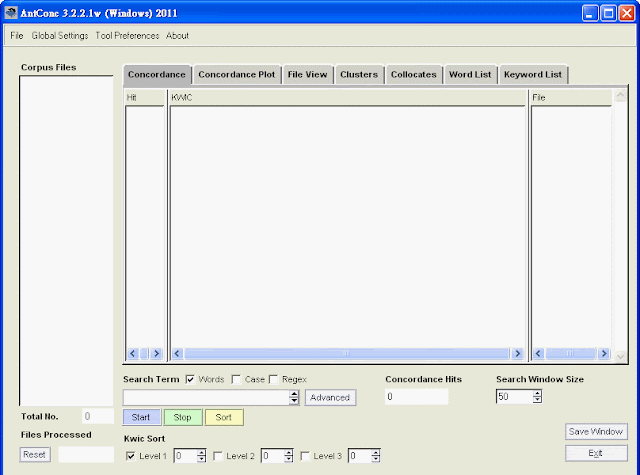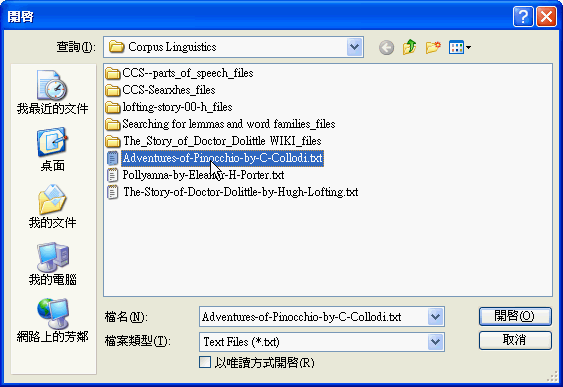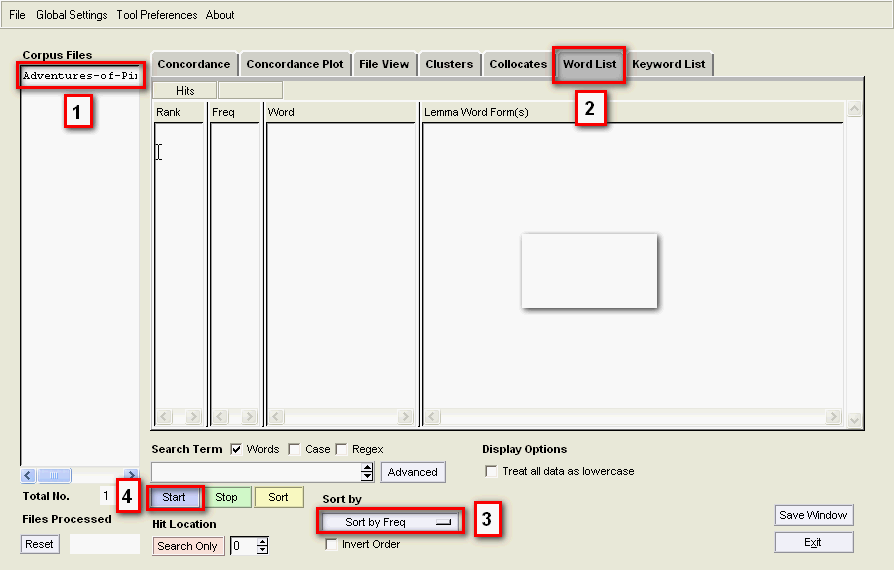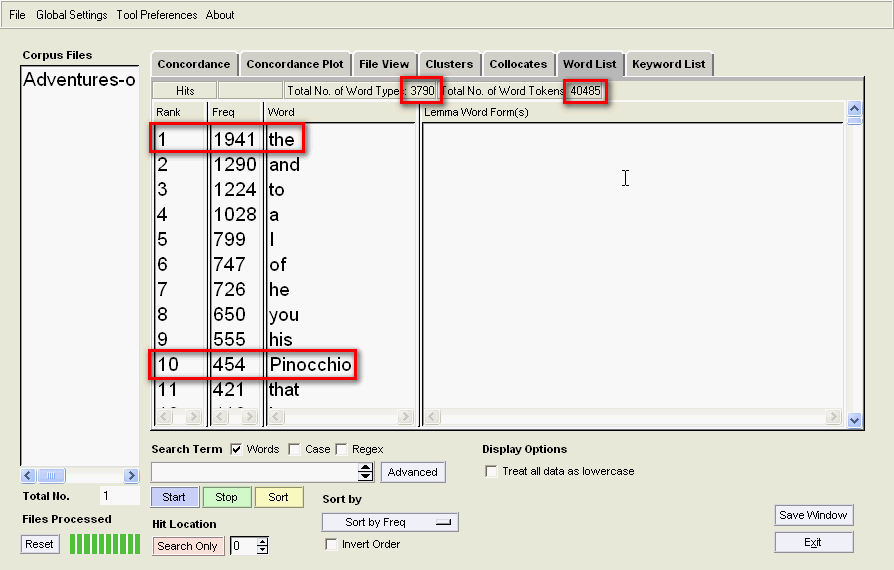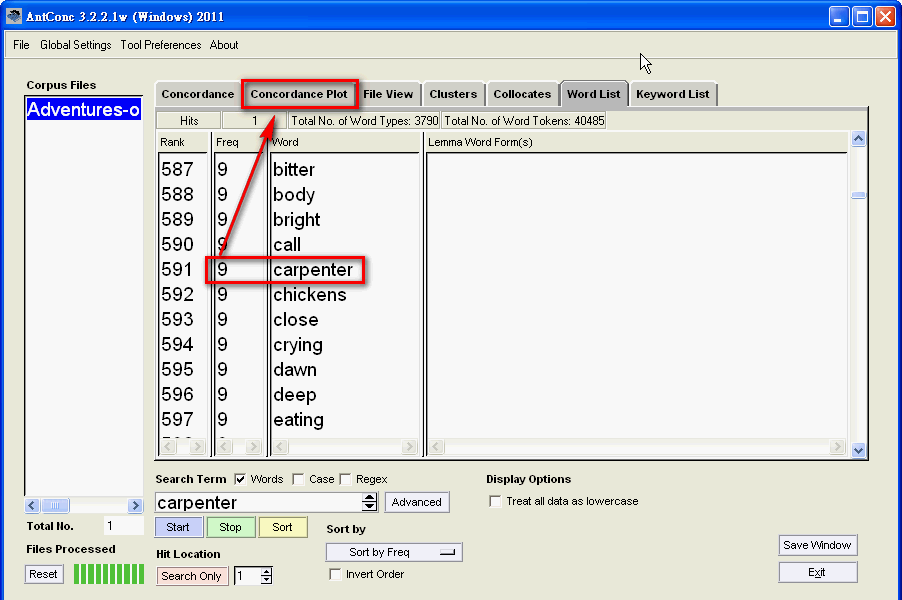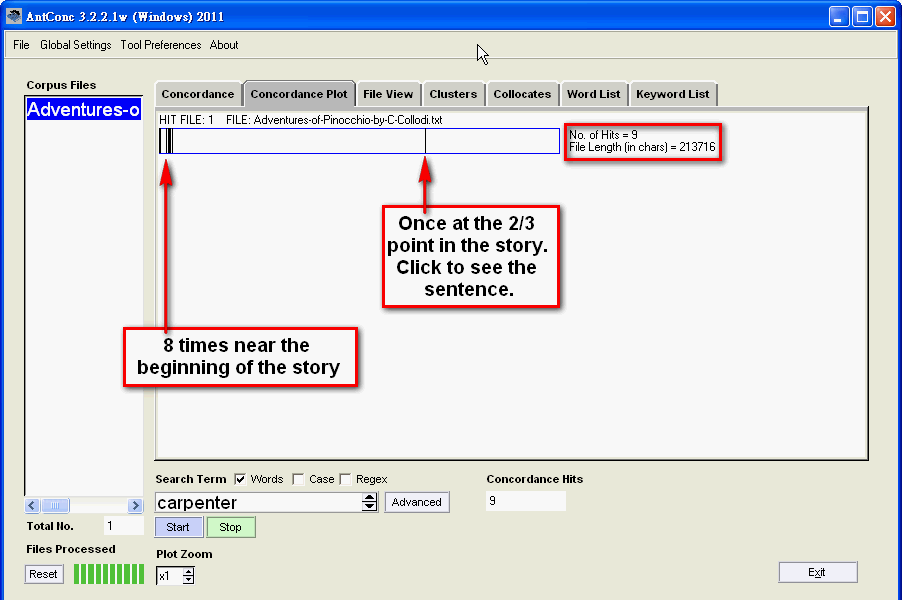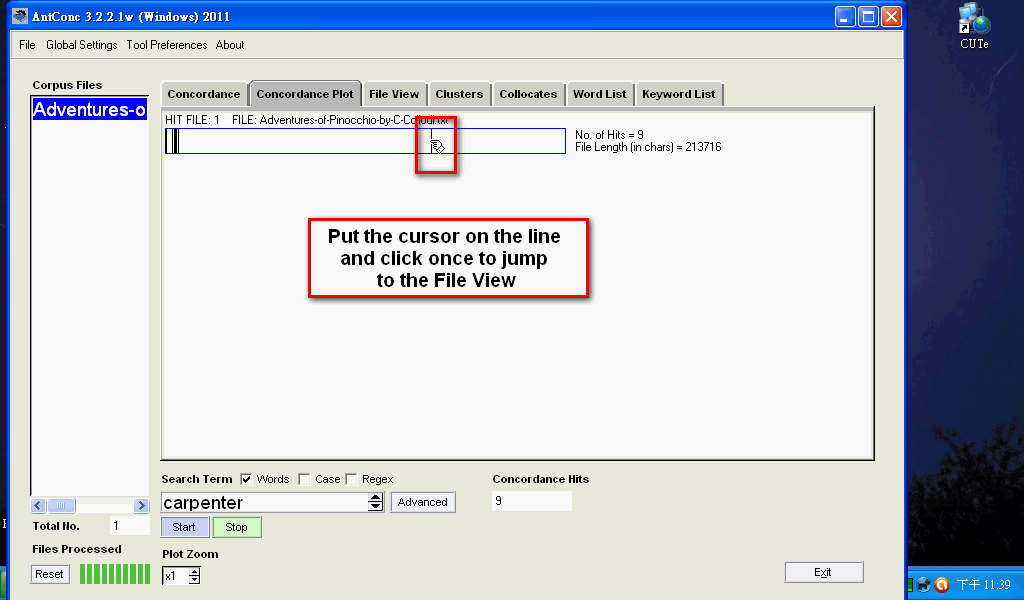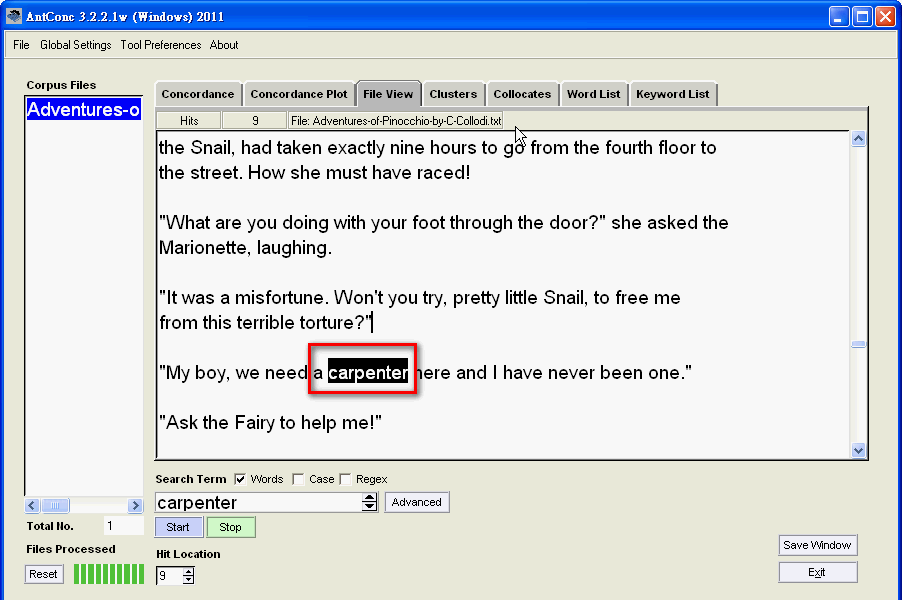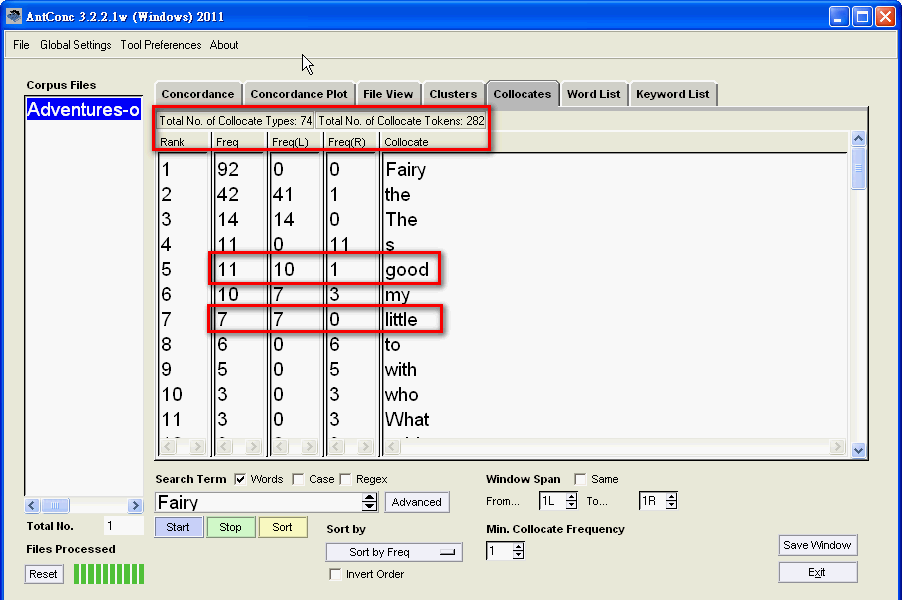Petit Papa Noël, first sung by Tino Rossi in 1949, is the single most popular French Christmas song (even 60 years later, 400,000 copies were sold for Christmas in 2011). This song makes many French people sad because it reminds them of simpler times in the recent past, when real immigrants (not conquering invaders) were grateful to come live in France, adopt French culture and become French citizens.
Notice that in French /t/ and /d/ are dental, not alveolar, and the upside-down backwards capital "R" is a uvular fricative. Standard French uses 3 nasal vowels (shown by a tilde "~") over the vowel symbol.
Just like in English, syllables usually start with a consonant, so some consonant letters are "borrowed" for the next word. This is why in stanza 3, line 1 "Mais avant" is spelled as one word in IPA (it really sounds that way!).
Here is a version with 4,000,000 hits, sung by the original singer, Tino Rossi.
You can follow along with the onscreen lyrics, but note that Tino Rossi speaks with a nonstandard [= trilled] Italian-style pronunciation of "R" (more common in southern France). Other versions include this Tino Rossi version (16,000,000 hits!), and a version with a child's voice (7,500,000 hits). The version below (also with 16,000,000 hits) is accompanied by a children's chorus:
Below is a bilingual French-Chinese version with IPA and French-English cognates in red. If there is a demand for it (please leave comments), I will post an English translation for the French lyrics.



.jpg)
.jpg)

.jpg)





